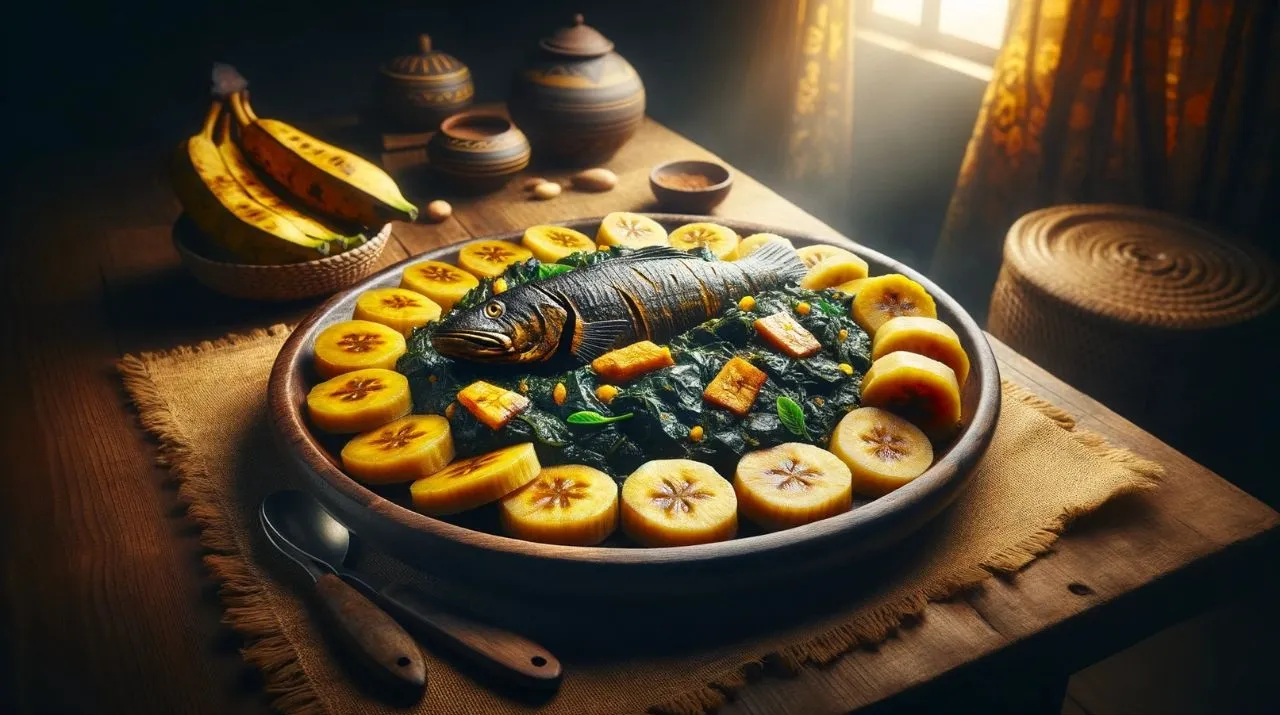Introduction
Contents
- 1 Introduction
- 2 Unraveling the Roots: A Glimpse into Buší’s Past
- 3 The Heart of Buší: Ingredients that Define its Flavor
- 4 Crafting Authentic at Home: A Step-through-Step Guide
- 5 Exploring Different Styles and Variations
- 6 Exploring Buší’s Cultural Significance
- 7 Buší: A Symbol of Unity
- 8 Preserving Buší’s Legacy
- 9 Buší: More Than Just Food
- 10 Embracing Buší’s Global Influence
- 11 Buší: A Catalyst for Creativity
- 12 Sustainable Practices in Buší Production
- 13 Buší: A Platform for Social Change
- 14 Looking to the Future
- 15 Conclusion: Buší—A Culinary Odyssey
- 16 FAQs
Buší is greater than only a dish; it is a culinary tradition steeped in records and bursting with flavors that inform a tale of cultural fusion and innovation. This traditional delicacy, even though now not widely known, encapsulates the essence of a culinary historical past handed down via generations, mixing indigenous substances with colonial affects to create a completely unique gastronomic experience. Predominantly featuring substances like meat, plantains, cheese, and achiote oil, it gives a savory and colorful palette for those eager to explore its depths.
Unraveling the Roots: A Glimpse into Buší’s Past
Buší’s origins can be traced back to the indigenous communities that flourished in areas where nature supplied ample resources for sustenance and culinary creativity. With the advent of European colonizers there are new ingredients and cooking strategies, leading to the birth of dishes like Buší—a culinary amalgamation that embodies resilience and flexibility, blending old traditions with new influences.
The Heart of Buší: Ingredients that Define its Flavor
The actual Buší dish is a celebration of natural and flavorful substances cautiously decided on to create a harmonious mixture:
- Meat: Whether it’s bird or beef, meat bureaucracy is the cornerstone of it, presenting richness and depth to every chew.
- Plantains: These sweet and starchy end results add a completely unique contrast to the savory components of it, balancing out the flavors with their diffused sweetness.
- Cheese: Adding a creamy and salty size, cheese complements the overall taste profile of it, developing a really perfect marriage of textures and tastes.
- Achiote Oil: Known for its vibrant color and earthy undertones, achiote oil no longer most effectively lends Buší its characteristic hue but additionally infuses it with a subtle yet specific taste.

Crafting Authentic at Home: A Step-through-Step Guide
Creating it on your personal kitchen is a pleasing endeavor that entails a few critical steps:
- Marinating the Meat: Begin by marinating your preference of meat in a blend of achiote oil, garlic, citrus juice and spices to infuse it with flavor.
- Preparing the Plantains: Slice the plantains and cook dinner until smooth, both through frying or boiling, depending on your desire.
- Assembling the Dish: Layer the marinated meat, cooked plantains, and cheese in a baking dish or clay pot, permitting the flavors to meld together.
- Cooking: Bake or simmer the assembled dish until the cheese is melted and bubbly, and the flavors have absolutely developed.
Exploring Different Styles and Variations
It comes in various patterns and variations, every reflecting nearby ingredients, culinary strategies, and cultural nuances. From conventional rustic renditions to fashionable gourmet interpretations, it keeps adapting, showcasing its versatility and enduring attraction to gastronomes worldwide.
Exploring Buší’s Cultural Significance
Beyond its culinary enchantment, it holds deep cultural importance as a dish that displays the historical and social fabric of the areas where it originated. Through its flavors and ingredients, it tells a tale of cultural trade, version, and resilience, serving as a tangible link to the beyond even as evolving to fulfill the tastes and options of the existing.
Buší: A Symbol of Unity
In many groups in which it is cherished, the coaching and sharing of this dish have grown to be rituals that foster a sense of belonging and solidarity. Families gather across the table to enjoy it collectively, passing down recipes and culinary traditions from one technology to the subsequent, strengthening bonds and developing lasting recollections within the technique.
Preserving Buší’s Legacy
As it gains reputation on the worldwide level, efforts are underway to preserve and sell its cultural historical past. Organizations and projects dedicated to culinary preservation work tirelessly to document traditional recipes, educate the public about Buší’s records, and make certain that this loved dish remains celebrated for generations to come.
Buší: More Than Just Food
It transcends its function as an insignificant dish, embodying the spirit of a community and the resilience of a way of life. It represents the collective identity and shared reports of individuals who put together and revel in it, serving as a reminder of the energy of food to unite, encourage, and nourish both frame and soul.
Embracing Buší’s Global Influence
As Buší’s popularity extends past its regional borders, it serves as a bridge between cultures, sparking interest and appreciation for culinary range. Through food fairs, cultural exchanges, and culinary tourism, it introduces people from around the arena to the flavors and traditions of its place of birth, fostering cross-cultural understanding and appreciation.

Buší: A Catalyst for Creativity
Buší’s versatile nature and adaptable ingredients inspire cooks and home chefs alike to test new flavors and strategies. From revolutionary fusion dishes to current reinterpretations, Buší continues to conform and reinvent itself, pushing the boundaries of culinary creativity and charming the palates of discerning meals fanatics.
Sustainable Practices in Buší Production
As recognition of environmental sustainability grows, efforts are underway to make sure that its manufacturing stays environmentally pleasant and socially accountable. From sourcing substances ethically to minimizing meal waste and helping local farmers, its manufacturers are dedicated to keeping the herbal resources and cultural background of their regions.
Buší: A Platform for Social Change
It has the strength to effect positive trade beyond the area of meals, serving as a catalyst for social and economic development in communities where it is celebrated. Through projects like culinary training packages, agritourism ventures, and community kitchens, it contributes to activity advent, empowerment, and poverty alleviation, empowering people and strengthening groups.
Looking to the Future
As it keeps captivating hearts and palates around the sector, its destiny is brilliant with possibilities. From progressive culinary creations to sustainable farming practices and community-driven initiatives, it is poised to play a pivotal position in shaping the future of food, way of life, and sustainability on a worldwide scale.
Conclusion: Buší—A Culinary Odyssey
Buší’s adventure from humble beginnings to international popularity is a testament to the transformative energy of food as a cultural image and a supply of team spirit. As it keeps evolving and encouraging, it stays a vibrant expression of culinary background, inviting all to partake in its wealthy flavors and storied history.

FAQs
Can Bušís’ be made vegetarian?:
Absolutely. Plantains and cheese serve as exquisite bases for a vegetarian model, with beans or mushrooms as possible meat substitutes.
Is Bušís’ suitable for a gluten-free weight loss plan?:
Yes, it inherently incorporates no gluten, making it appropriate for the ones on a gluten-unfastened weight-reduction plan. Always test precise substances to be safe.
How spicy is Bušís’?:
The spiciness of it may be adjusted in step with personal preference, with achiote oil presenting flavor without inherent warmness, allowing for personalization with additional spices or peppers.
Where can I strive for Bušís’?:
It can be discovered in forte eating places focusing on conventional or fusion cuisines, as well as food gala’s and culinary events imparting opportunities to flavor this delectable dish.












